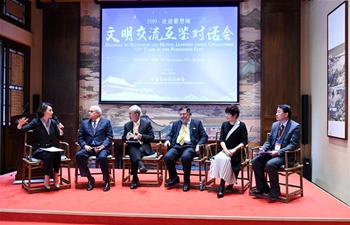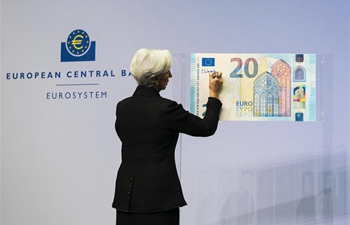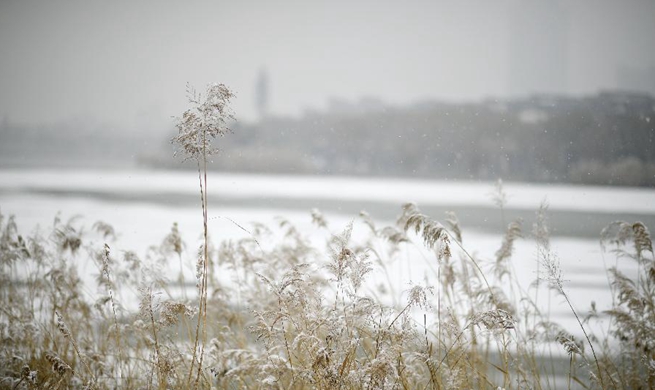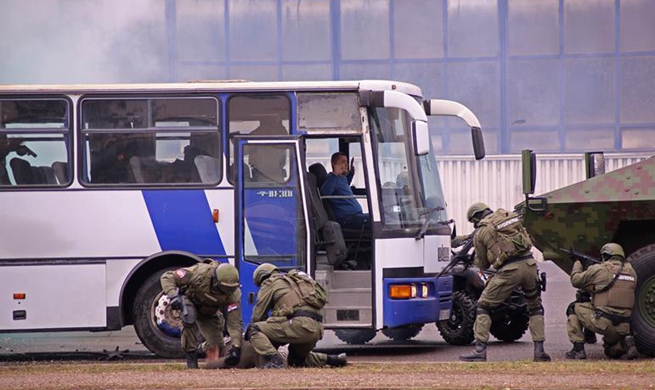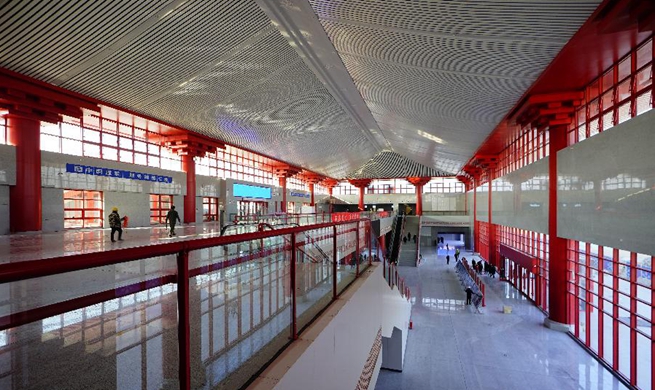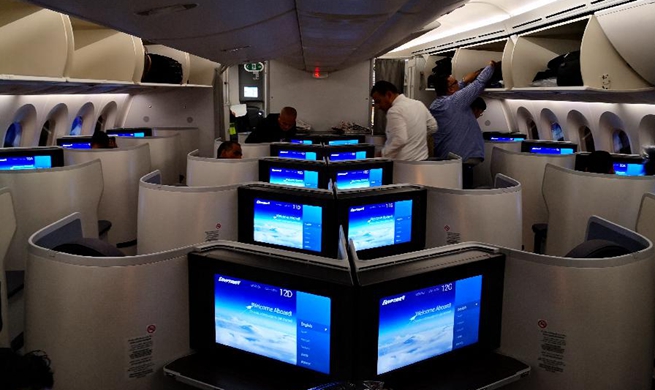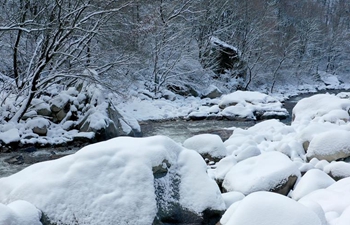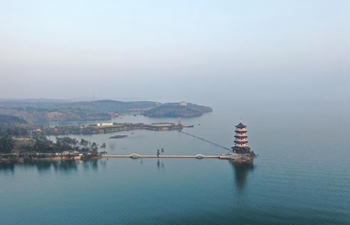by Eric J. Lyman
ROME, Nov. 29 (Xinhua) -- Italian coffee bars serve millions of cups of espresso coffee every day. If Giorgio Caballini has anything to say about it, much of that coffee will be given a special status by the United Nations' main cultural organization.
Caballini, president of the board of directors for Dersut coffee roasters in the northern Italian city of Treviso, is the founder of a movement to have Italian espresso coffee recognized by the United Nations Educational, Scientific and Cultural Organization (UNESCO).
Caballini said Italian espresso and the cultural traditions that surround it are enough to set it apart from coffee made in other parts of the world.
"Everybody has different tastes and so this isn't a question of making a value judgment," Caballini told Xinhua. "But Italian espresso is unique. It has a long history and a tradition of high quality and exact specifications."
Each region in Italy makes a slightly different version of espresso but they all fall into a specific range of measurements.
Caballini went into detail. An Italian espresso should be made with 7 to 9 grams of coffee, which must be ground for each cup. The water should be heated to between 84 and 95 degrees Celsius and should take between 20 and 27 seconds to drop down into the small, but thick porcelain cup.
"When an espresso coffee is made correctly, there's a slight coffee foam at the edge, and there's nothing else that can match it," Caballini said.
There is a precedent for UNESCO to recognize coffee as part of a country's cultural heritage. In 2014, the organization declared Turkish coffee a protected product.
In fact, reading about the status of Turkish coffee five years ago gave Caballini the idea to request a similar status for Italian espresso.
There are dozens of ways to order Italian coffee: a cappuccino that comes mixed with foamy milk; a coffee macchiato, with just a few drops of milk; a latte macchiato, which is mostly milk with a few drops of coffee. Coffee can be made with less water, or with a splash of grappa or another kind of alcohol. It can be served in a glass, or an oversized cup, or with cacao on top.
But only the classic espresso is a candidate for UNESCO status.
The process will formally be launched on Dec. 3 with the backing of Italy's Ministry of Agriculture. If all goes well, the status could be granted sometime next year.
Italians drink a lot of coffee. According to data gathering firm Statista, Italians drink around 14 million cups of coffee every day, for a total of around 5.5 kilograms (a little over 12 pounds) of coffee per year for every man, woman, and child in the country.
Caballini's efforts are not the only ones aimed at gaining an endorsement from UNESCO.
Naples, around 700 kilometers south of Treviso, there is a movement to have the version of coffee unique to that city recognized by the United Nations in its own right.
"In Naples, we have our own cultural and culinary traditions," Michele Sergio, owner of the Gran Caffe Gambrinus in Naples, said in an interview.
"It's stronger and darker than in other parts of the country. The tradition is to always drink coffee in company, and if you don't, the locals will pay extra so that the next person up to the coffee bar drinks for free."
Francesco Emilio Borelli, a counselor with the southern Italian region of Campania (which includes Naples) and another leading advocate for UNESCO status for espresso, said he is "open" to the idea of combining the efforts for Italian and Neapolitan espresso with UNESCO.
"I'm partial to the coffee in Naples, but anyone who has enjoyed Italian espresso, wherever it's from, will tell you there is nothing else like it," Borelli told Xinhua. "It's not just a culinary tradition but also a cultural tradition."



